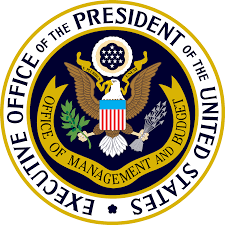The Office of Information and Regulatory Affairs (OIRA) issued a memorandum establishing new timelines and guidelines to accelerate the review of regulatory actions by federal agencies in line with President Trump’s agenda under Executive Orders (EO) 14192 and 14219. It shortens OIRA’s review to 14 days for rule repeals and 28 days for other deregulatory actions, authorizing the use of the Administrative Procedure Act’s good cause exception, and bypass compliance with EOs that impose additional regulatory requirements (e.g. EOs 13132, 13175, 12630).
Here is the memorandum from OMB
Executive Summary
OMB Memorandum M-25-36, issued October 21, 2025, directs federal agencies to accelerate and simplify the review of deregulatory actions—rules that rescind, revise, or withdraw prior regulations. The Office of Information and Regulatory Affairs (OIRA) must now complete reviews of most deregulatory actions within 28 days, and within 14 days when a regulation is deemed “facially unlawful.” This marks a structural shift in federal regulatory policy toward prioritizing rapid regulatory rollback.
Key Legal and Administrative Implications
Expedited Timelines: OIRA’s review clock is substantially shortened, compelling agencies to prepare deregulatory records, analyses, and justifications in advance.
“Facially Unlawful” Standard: Agencies must identify and move quickly to repeal or suspend rules that conflict with statute or judicial precedent.
Process Streamlining: Agencies are encouraged to eliminate redundant internal reviews and compress inter-agency coordination.
Accountability Measures: OMB will track and potentially publicize agency performance on deregulatory throughput.
Strategic Relevance to IHMM
Regulatory Monitoring: IHMM must intensify surveillance of EPA, OSHA, DOT/PHMSA, and related dockets, as deregulatory activity will proceed on compressed schedules with reduced notice.
Comment-Response Agility: The Foundation should maintain pre-drafted comment templates and designate rapid-response teams for time-sensitive submissions.
Program Adaptation: Certification requirements tied to regulatory frameworks (e.g., hazardous materials, occupational safety) may require rapid revision to remain aligned with rescinded or altered federal standards.
Advocacy Opportunity: IHMM can engage early with agencies to propose targeted deregulatory relief or modernization aligned with credentialing objectives.
Conclusion
M-25-36 reframes deregulation as a fast-track governmental priority. For IHMM, this requires heightened vigilance, nimble comment capabilities, and proactive engagement to safeguard the integrity and relevance of its certification programs amid accelerated federal change.


